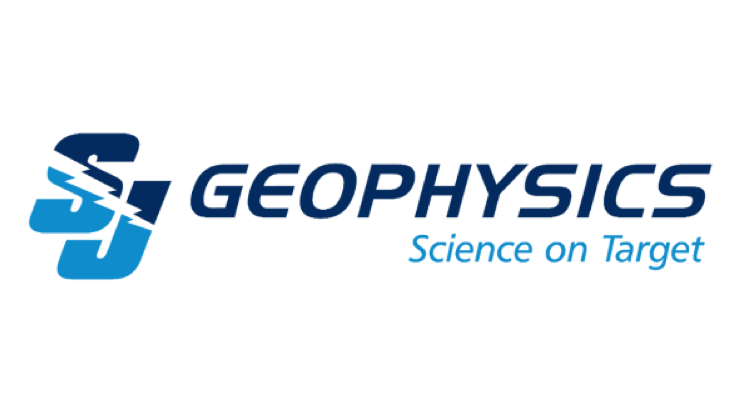Hi,
On behalf of the GDAL/OGR development team and community, I am pleased to announce the release of GDAL/OGR 2.2.0. GDAL/OGR is a C++ geospatial data access library for raster and vector file formats, databases and web services. It includes bindings for several languages, and a variety of command line tools.
http://www.gdal.org/
The 2.2.0 release is a major new feature release with the following highlights:
* New GDAL/raster drivers:
** DERIVED driver: read-support. Expose subdatasets in a a new metadata domain, called DERIVED_SUBDATASETS
** JP2Lura driver: read/create support for JPEG-2000 images using Luratech JP2 Library
** PRF: add read-only support for PHOTOMOD PRF file format driver (github #173)
** RRASTER driver: read-support .grd/.gri files handled by the R ‘raster’ package (#6249)
* New OGR/vector drivers:
** CAD driver: read support for DWG R2000 files (GSoC 2016 project)
** DGNv8 driver: read-write support for DGN 8.0 format (using Teigha ODA libraries)
** GMLAS driver: read-write support. XML/GML driver driven by Application Schemas.
* New utility script: ogrmerge.py to merge several vector datasets into a single one
* New /vsigs/ and /vsigs_streaming/ virtual file systems to read Google Cloud Storage non-public files
* Significantly improved drivers:
** NWT_GRD: write support (#6533)
** FileGDB/OpenFileGDB: add support to read curve geometries (#5890)
** VRT derived band: add the capability to define pixel functions in Python
** Add read support for RasterLite2 coverages in SQLite driver
** GPKG: implement tiled gridded elevation data extension
** ISIS3: add write support and improve read support
* RFC 63: Add GDALRasterBand::GetDataCoverageStatus() and implement it in GTiff and VRT drivers https://trac.osgeo.org/gdal/wiki/rfc63_sparse_datasets_improvements
* RFC 64: Triangle, Polyhedral surface and TIN https://trac.osgeo.org/gdal/wiki/rfc64_triangle_polyhedralsurface_tin
** this RFC introduces potential backward incompatible behaviour. Consult MIGRATION_GUIDE.txt
* RFC 66: OGR random layer read/write capabilities https://trac.osgeo.org/gdal/wiki/rfc66_randomlayerreadwrite
* RFC 67: add null field state for OGR features, in addition to unset fields https://trac.osgeo.org/gdal/wiki/rfc67_nullfieldvalues
** this RFC introduces potential backward incompatible behaviour. Consult MIGRATION_GUIDE.txt
* Upgrade to EPSG database v9.0 (#6772)
* Python bindings: Global Interpreter Lock (GIL) released before entering GDAL native code (for all, in GDAL module and a few ones in ogr like ogr.Open())
* Continued major efforts on sanitization of code base
* Remove bridge and vb6 bindings (#6640)
* GNM built by default
More complete information on the new features and fixes in the 2.2.0 release can be found at: http://trac.osgeo.org/gdal/wiki/Release/2.2.0-News
The release can be downloaded from:
* http://download.osgeo.org/gdal/2.2.0/gdal220.zip – source as a zip
* http://download.osgeo.org/gdal/2.2.0/gdal-2.2.0.tar.gz – source as .tar.gz
* http://download.osgeo.org/gdal/2.2.0/gdal-2.2.0.tar.xz – source as .tar.xz
* http://download.osgeo.org/gdal/2.2.0/gdal-grass-2.2.0.tar.gz – GDAL-GRASS plugin
* http://download.osgeo.org/gdal/2.2.0/gdalautotest-2.2.0.tar.gz – test suite
* http://download.osgeo.org/gdal/2.2.0/gdal220doc.zip – documentation / website
The migration guide can be found at: https://svn.osgeo.org/gdal/branches/2.2/gdal/MIGRATION_GUIDE.TXT
Best regards,
Even
—
Spatialys – Geospatial professional services
http://www.spatialys.com





